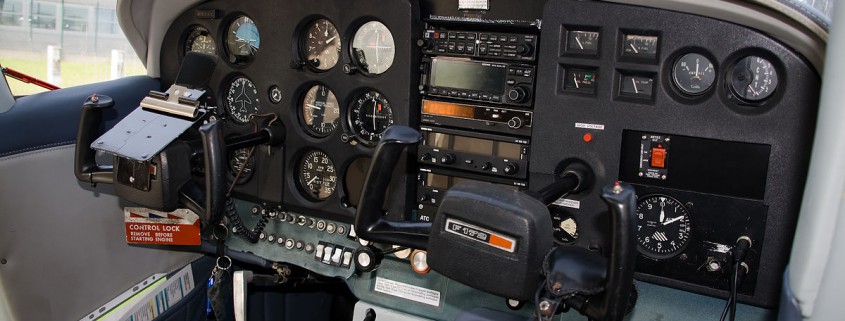Pilots largely in approval of increasing on-aircraft upset recovery training.
When the French aviation portal Aerobuzz published an article about ECAIR, it was a welcome opportunity to get some direct feedback from the wider aviation community on ECAIR’s training approach.
Philippe Borghini, ECAIR’s founder and CEO had said: “There are three primary factors that can trigger a crisis situation in the cockpit, external environmental factors, internal mechanical factors and finally human behavior, a combination of the three often has drastic consequences.
As performance and safety of existing aircraft is increasing, the human factor is now a key aspect of incidents that took place in recent years, and LOC-I (loss of control in flight) is with 35% the leading cause of fatal accidents.”
With European regulations for UPRT expected for 2016, ECAIR has developed courses that train pilots to quickly assess the seriousness of a particular situation and to appropriately deal with the unexpected. “You have to put the pilot into a real-life scenario to improve the much cited SA (situation awareness),” the experienced instructor added. “With excellent preventive training, we reduce the occurrence of critical situations and the damage they can bring about.”
Unsurprisingly, adding practical flight exercises to airline pilots’ largely simulator-based training was widely supported by the Aerobuzz community, as could be seen by the many positive comments that accompanied the article. The ensuing lively debate amongst members on the best approach to further improve flight safety was closely followed by the ECAIR management team. For Ph. Borghini, “the reaction from concerned pilots shows that while we are further encouraged to develop ECAIR’s capacities, there is still a considerable way to go.”
This is also an opportunity to address some of the community’s specific questions about ECAIR’s operations directly to its founder:
The first relates to the use of the Aerobat C150 as a training aircraft. Why have you chosen this particular machine?
Philippe Borghini: As a resilience and confidence builder, the C150 A offers a very good compromise, and before using a more powerful aircraft, the C150’s versatility is well suited for UPRT exercises.
It is first an Aerobatic certified aircraft which guarantees a safety envelope regarding G’s and all attitude maneuvers. Secondly, it has a side-by-side seat configuration like all civilian transport aircraft. Finally, its operational costs stay low.
Second, could UPRT training not be made mandatory by airline insurers in return for lower premiums?
Philippe Borghini: “Yes, that is a very interesting point, and over in the United States there are already partnerships formed between insurers and training operators such as ourselves. We want to take a similar path here in Europe and we have started talking to different potential partners, such as the ALLIANZ insurance group, which has shown a willingness to lower premiums for customers who have completed ECAIR training programmes.
The last question is in some way linked to the previous one. With a constant drive for cost efficiencies in the industry, how can these additional training requirements best be funded by the airlines?
Phillipe Borghini: Since May 2015, all commercial air transport operators are required to provide UPRT training to their crews. To reduce their training costs, they focus their UPRT training efforts on their instructors, in order to then pass on UPRT instruction to the rest of their pilots. This is why ECAIR has created a specific instructor’s course to “Train the Trainer”.
Once they are UPRT qualified, these new UPRT instructors will deliver both the academic foundation course and the FSTD UPRT exercises to the regular pilots with the support of ECAIR’s instructors.
To reduce training costs, these courses are integrated in the existing training syllabus. Once again, ECAIR works closely with the training department to efficiently build these new training syllabi in order to better integrate both maneuver and scenario-based UPRT exercises.




Leave a Reply
Want to join the discussion?Feel free to contribute!